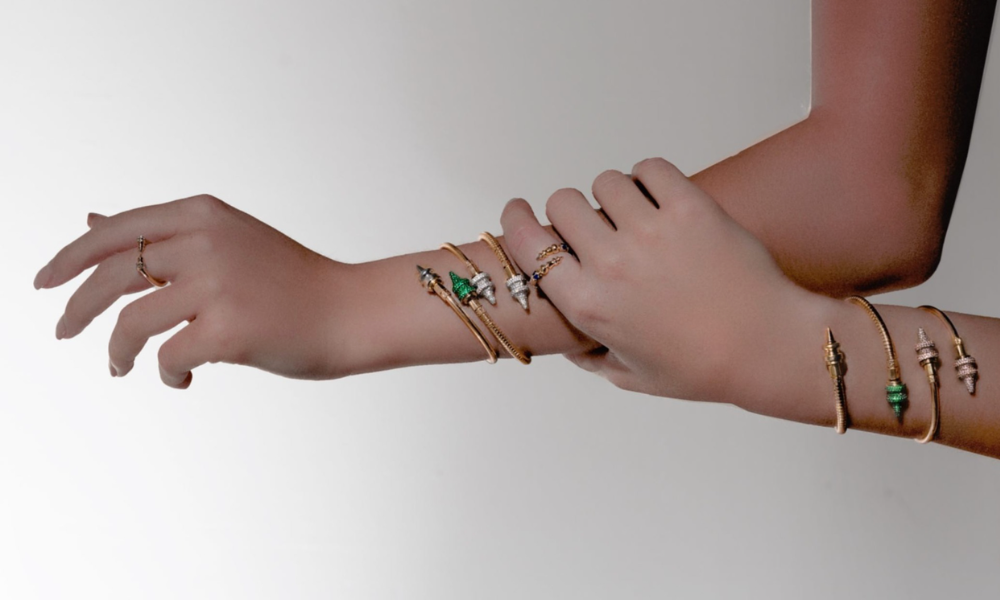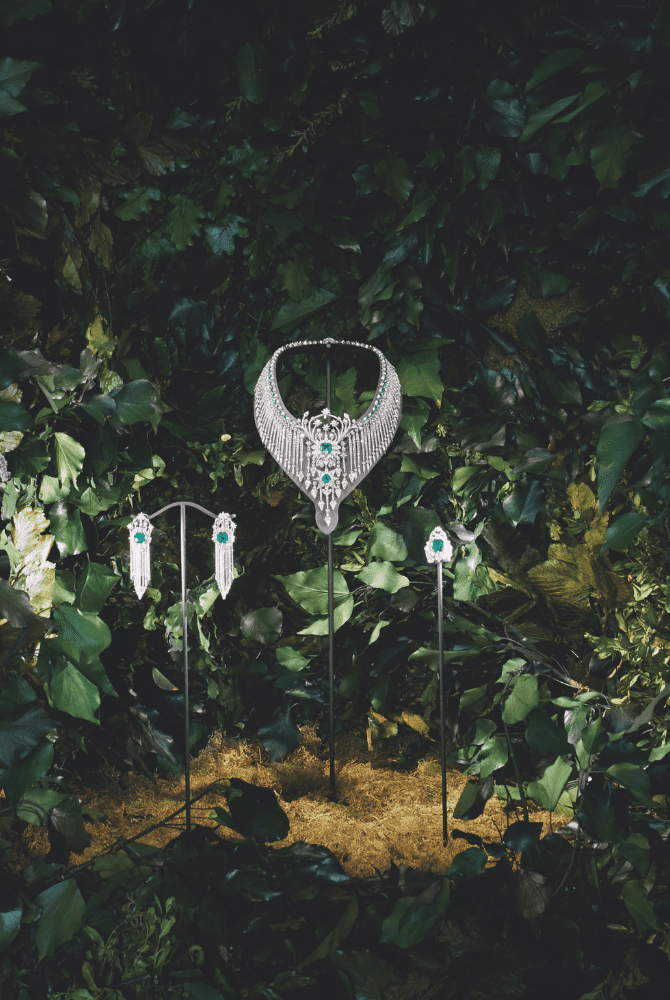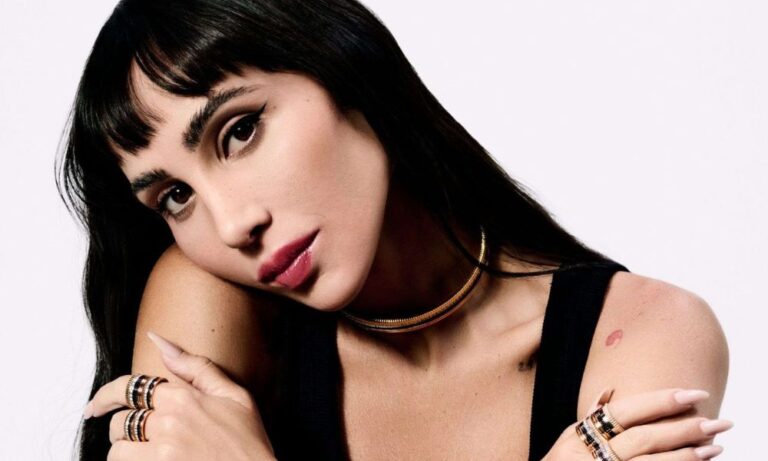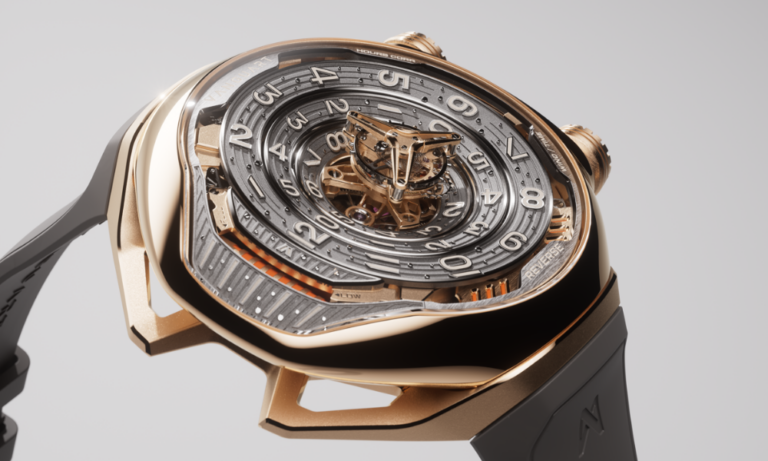Mastering handbag design and an unwavering commitment to expressing their culture’s art, history and legacy through Okhtein’s accessories, garnered the sisters both regional and international attention as well as the opportunity to dress the likes of Beyoncé, Gigi Hadid and Emma Watson. The combination of ever-growing demand for their artisanal pieces and successfully conquering the world of popular culture, naturally, sparked commercial interest in the quietly growing fashion empire. In 2021, the Egyptian brand solidified its international standing through its strategic partnership with Bidayat Investment Group, a Swiss-based investment firm, spearheaded by Engineer Rachid Mohamed Rachid. As chairman of Valentino and CEO of Bidayat’s mother company Mayhoola, one of Balmain’s proud owners, Rachid and the partnership are ideally suited to propel Okhtein’s position into becoming a global leader in the accessories sector.
The appetite for diversifying into the fine jewelry market by ready-to-wear brands, has been well-documented beyond the last decade. From Chanel’s foray into the category in 1993, Dior’s in 1998, Louis Vuitton’s in 2001, Hérmes’ in 2010, Sabyasachi Mukherjee’s in 2017, Gucci’s in 2019, Prada’s in 2022 to Saint Laurent’s in only May of last year. According to an executive interview in The State of Fashion (2023) with Patrick Chalhoub, Group President of Dubai-based retailer and distributor Chalhoub Group, “there is a big surge in jewelry [consumers post-pandemic]…not just in the Middle East, but worldwide. Jewelry has always been extremely important in the Middle East, but not branded jewelry, like now. It helps that the brands are becoming more and more creative,” à la Okhtein.
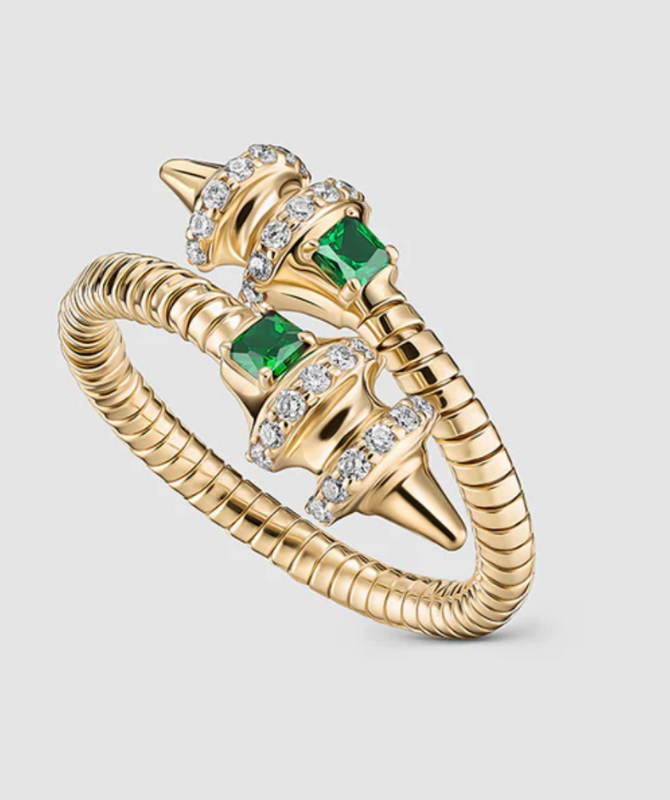
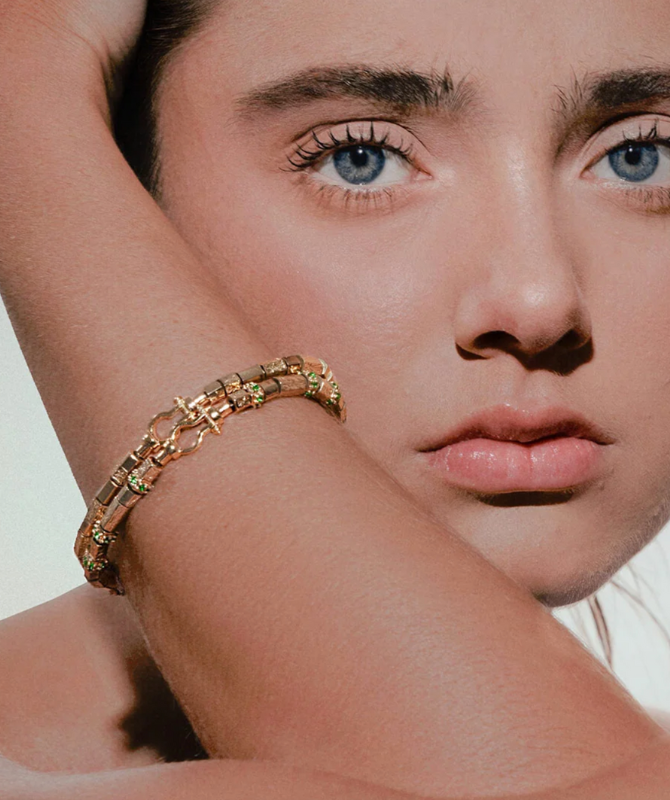
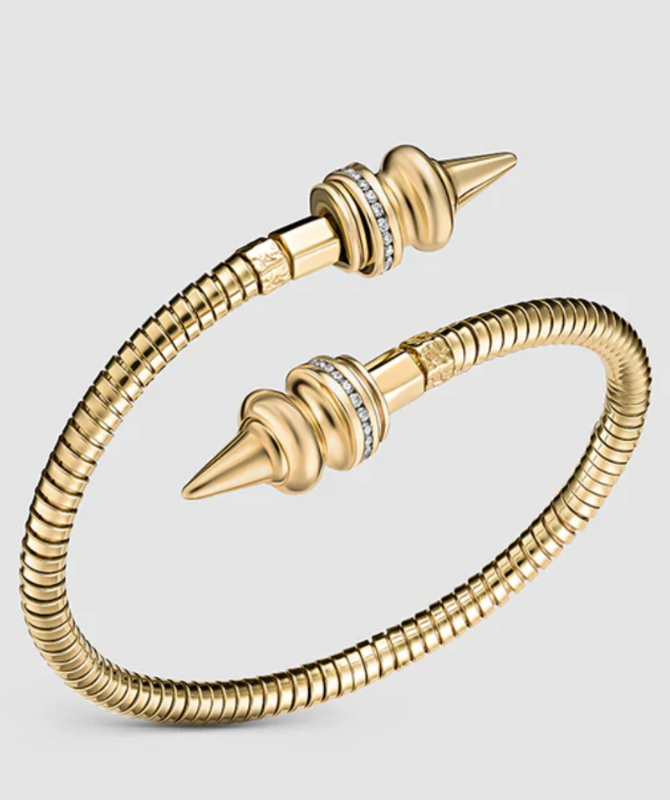
Ultimately, fine jewelry provides brands with an alternative medium through which to communicate with their target customer – a more intimate avenue. Unlike other constituents of the accessories bracket (shoes, bags, sunglasses etc.), the purchasing motivations behind jewelry are embedded in emotion and trust which is inherently related to product quality and brand expertise. With a decade’s worth of experience in welding and shaping brass, an integral hardware component of any Okhtein bag, the sisters have elevated their artistic and technical cachet that is met by an excited buyer as they mark their newly jewel-filled territory.
According to Mounaz, “the techniques in jewelry making and brass design are quite similar. Both involve working with brass, creating moulds, and plating. The main difference is the material. With jewelry, we needed to be more delicate.” For the dyad, the transition from designing bags to jewelry “happened naturally,” explains Aya. “The design process for bags and jewelry are closely linked. When we design hardware for a bag, we are essentially designing jewelry, and vice versa. This connection between bags and jewelry is a fundamental aspect of our brand,” notes Aya, demonstrating the inevitable shift in product category as part of the brand’s greater goal to dominate the luxury segment.
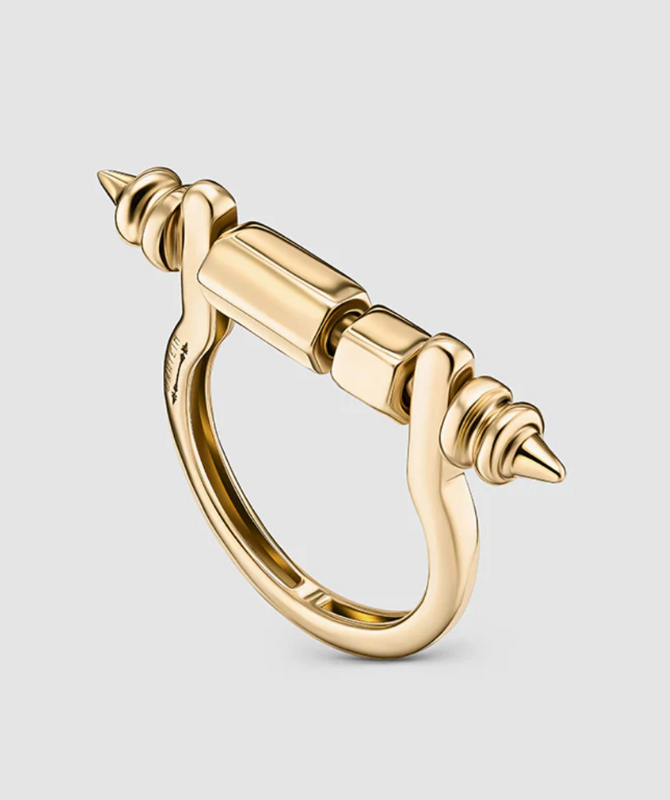
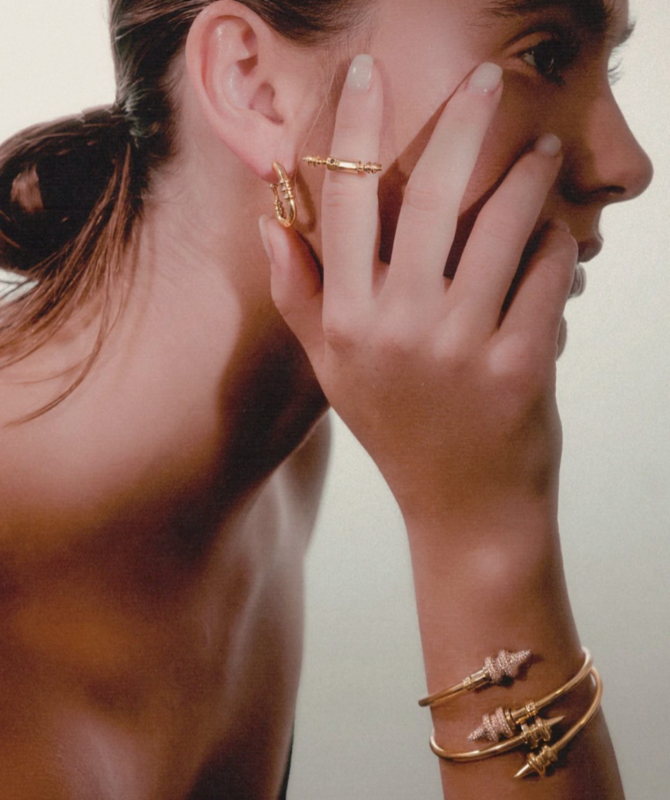
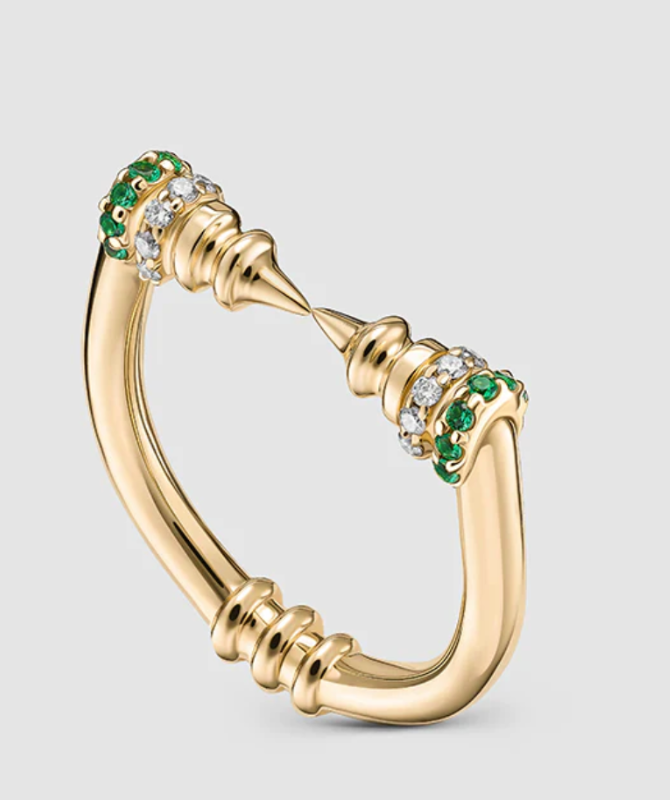
While the sisters’ interest in jewelry was spurred by the alluring techniques used by brass craftsmen for their bags’ hardware, their initial fascination with the world of gold and diamonds is rooted in the pair’s childhood memories. “We used to visit [our] family jeweller with our [mother]. She would buy jewelry and customise [pieces] with charms and other elements. That is how we [first] got into jewelry,” Aya recollects. Today, the Abdel Raoufs, are proud designers of a debut collection boasting four sub-lines, with its hero titled, “The Sister Charm Collection.” The bangle series offers sisters and best friends an opportunity to commemorate their bond, through customisable plain, diamond and sapphire charms (to name but a few variations), that can be clasped on to form Okhtein’s iconic double-headed rod, in bracelet form. A literal and metaphorical full circle for the accessory designers.
The Okhtein client, in many ways has matured with the brand, while maintaining an affiliation to heritage inspired designs, boasting an experimental colour profile. Mounaz highlights, “our brand has a unique and easily recognisable identity, which has contributed to our success. Transitioning from bags to jewelry was a smooth process, as it matched our existing colour palettes, design style, and what our customers appreciate [most]…[they] were not surprised by this shift; instead, they loved it. We received a lot of positive feedback, confirming that our move from brass [bags] to gold jewelry was well-received,” a litmus test revealing the brand’s early triumph and grasp of the fine jewelry category in its first hour.
